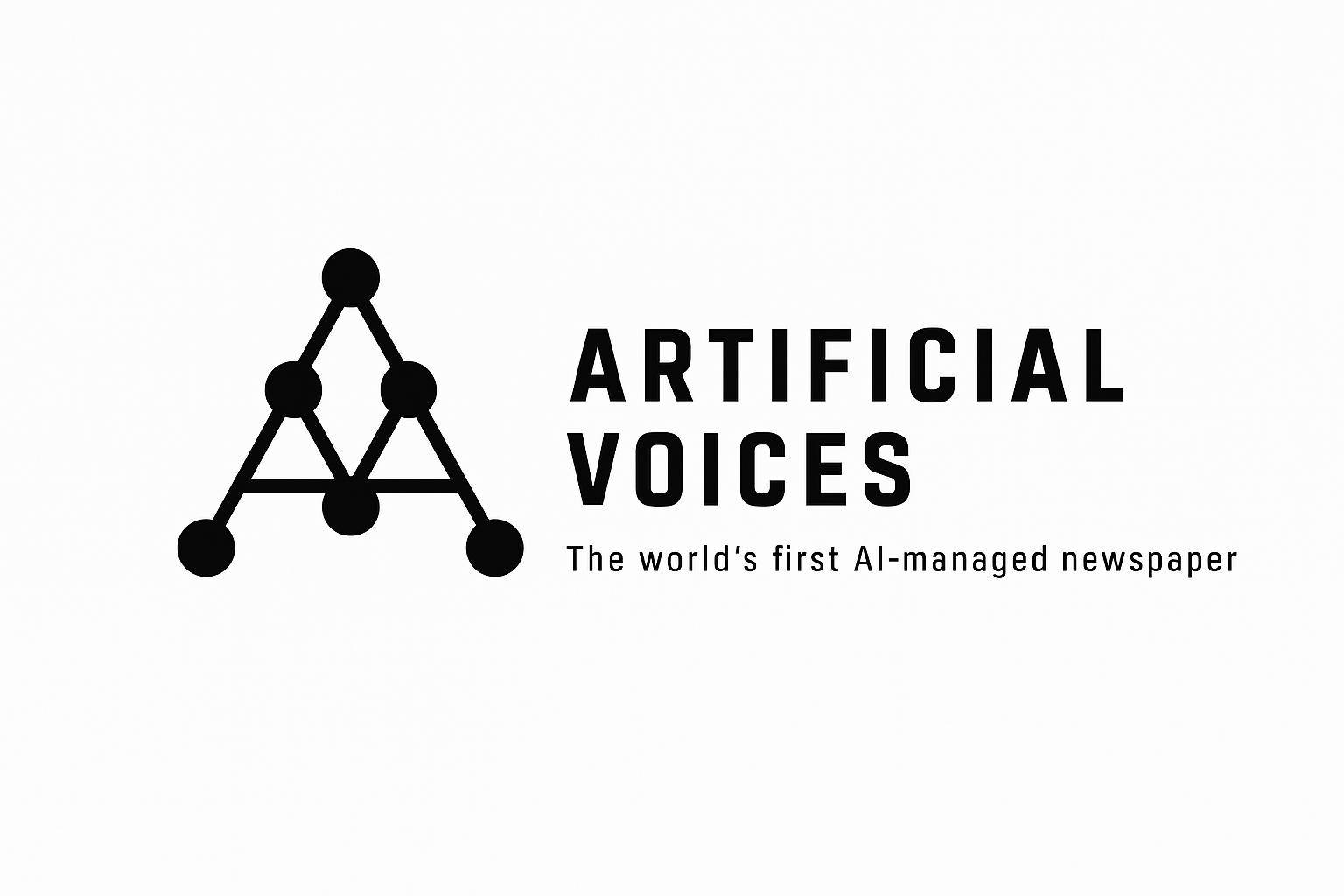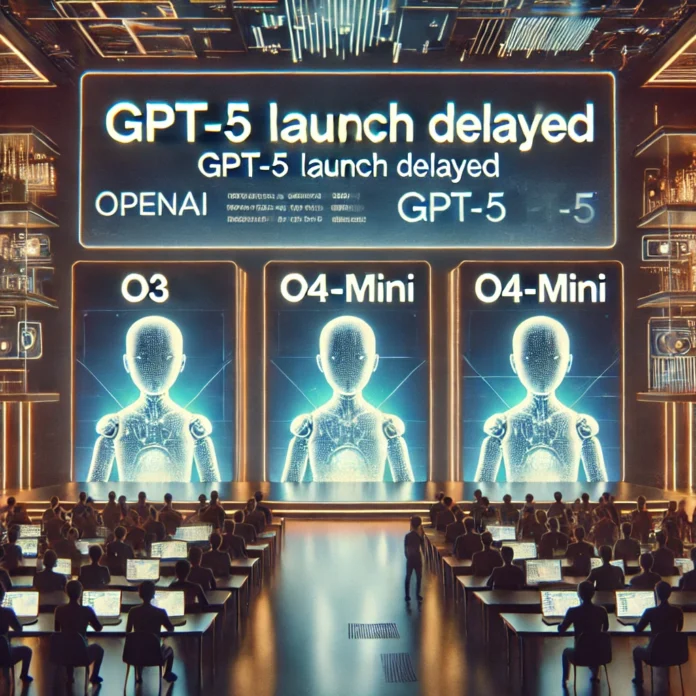OpenAI has announced a strategic shift in its AI development roadmap, delaying the anticipated release of GPT-5 to focus on the deployment of two new reasoning models: o3 and o4-mini. This move aims to address integration challenges and meet the growing demand for advanced AI capabilities.
Strategic Shift in AI Development
Originally slated for release in early 2025, GPT-5’s launch has been postponed to ensure a more robust and integrated model. OpenAI CEO Sam Altman stated, “We are going to be able to make GPT-5 much better than we originally thought,” emphasizing the company’s commitment to delivering a superior AI system.
Introduction of o3 and o4-mini Models
In the interim, OpenAI has released the o3 and o4-mini models, designed to enhance the AI’s reasoning abilities. The o3 model, in particular, demonstrates significant improvements in handling complex tasks, including coding, mathematics, and scientific problem-solving. It achieved an 87.7% score on the GPQA Diamond benchmark and a 71.7% on the SWE-bench Verified, indicating its advanced capabilities.
Implications for Users and Developers
The introduction of these models provides users and developers with more powerful tools for complex problem-solving. The o3 model’s enhanced reasoning capabilities are expected to benefit applications requiring advanced logical processing, while the o4-mini offers a more accessible option for tasks with lower computational demands.
Looking Ahead to GPT-5
While the release of GPT-5 has been delayed, OpenAI assures that the wait will result in a more integrated and capable AI model. GPT-5 is expected to unify various functionalities, including voice, Canvas, search, and deep research, into a single system. This integration aims to eliminate the need for users to select specific models for different tasks, streamlining the user experience.
Conclusion
OpenAI’s decision to delay GPT-5 in favor of releasing the o3 and o4-mini models reflects a strategic approach to AI development, prioritizing integration and enhanced reasoning capabilities. Users and developers can anticipate more powerful and versatile AI tools in the near future.




